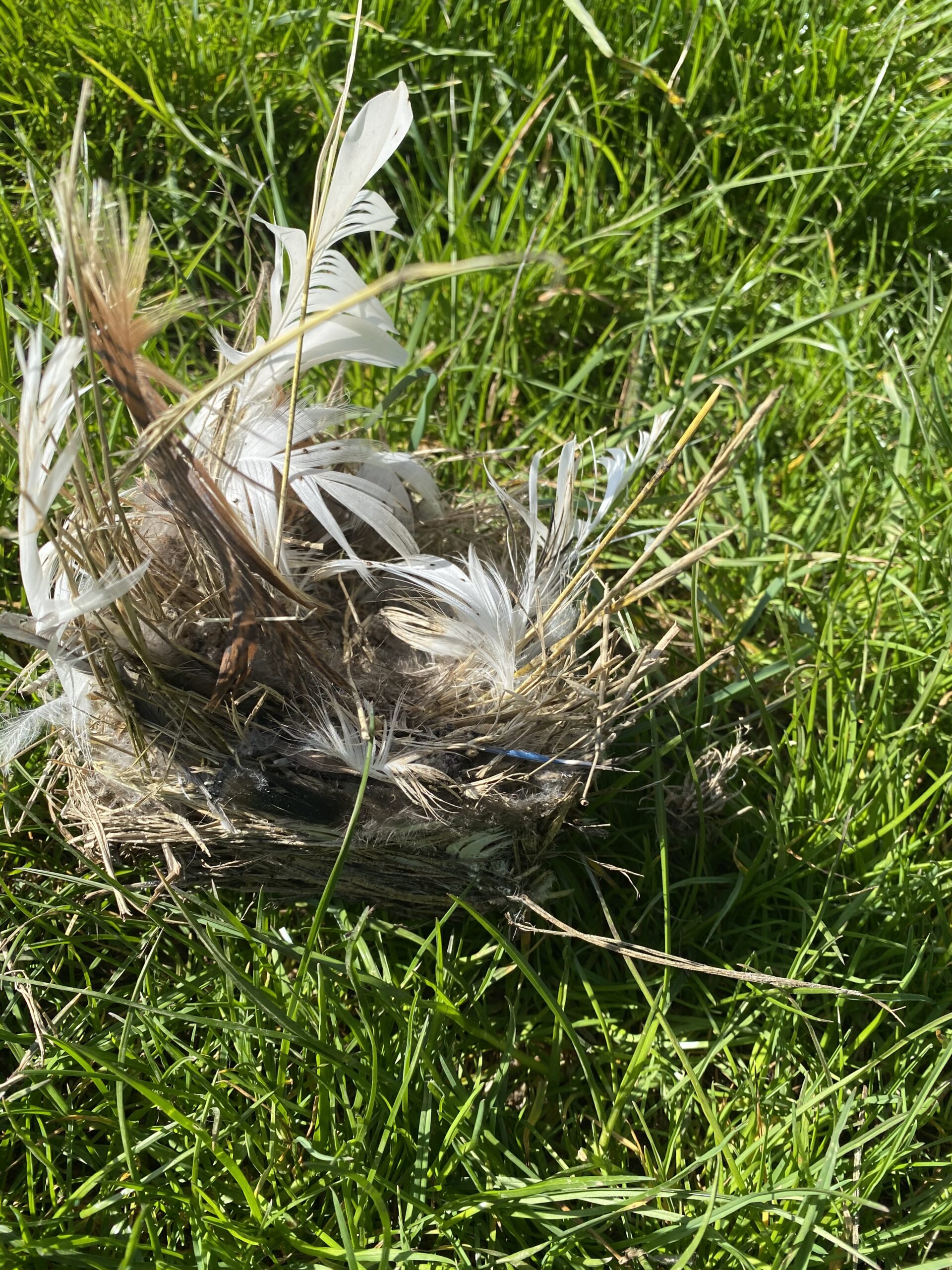
Fall Equinox found me in in Augusta, Missouri. a town of two or three hundred in my home state. I was there for a biking adventure covering a chunk of the Katy Trail, an official state park that winds through farm and river country along the Missouri River for 253 miles. Now the longest Rails to Trails route in the country, the land was first cleared by the MKT railway (This stands for the Missouri, Kansas, and Texas, or the Katy line, for short).
The Katy Trail is the longest uninterrupted biking and hiking path in the country represents the collaboration of industry (railroads retiring old lines) and donations, with a whole lot of negotiations along the way.
In the 1990’s, when the trail was being developed, the folks from the tiny farm towns along the Missouri river were not happy. They feared invasion by outsiders from other parts who would no doubt bring drugs and other undesirables into their insular communities. In other words, Trouble in River City.
The path turned twenty last year. And the struggling farm towns along the way are now dotted with profitable B & B’s, antique stores, and restaurants.
The first wine country in the US has been reclaimed. The path winds through an area that once produced more wine than anyone else in the country, but during prohibition all the established old-world vines were ripped out of the ground.
So it’s possible that the path has brought danger to the river cities, but whatever danger that is, it probably wouldn’t start with pool halls. These changes have defied expectations and provided triage for the shrinking small-farm economy.
So what does all this have to do with Fall Equinox?
When I woke up on September 22 in a beautifully restored Victorian B&B in tiny Augusta, it made sense. For me this time of year is all about balance, especially the balance of opposites, just as light and dark are equal on this one day of the year. So it seemed a fine way to spend the day, balancing on my bike, speeding along the flanks of the Missouri River, thinking about the unity of opposites. While breathing in the serenity and idyllic beauty of limestone cliffs and spacious river and autumn colors.
But my mind kept returning to opposites in politics. In the middle of vacation. I know.
For me the political and regional divisiveness of the last few years has been exhausting. I glean the news to find a sense of hope, trying to create equilibrium in my own mind.
But on that first day of fall, in a town once abandoned as river commerce died, it occurred to me that I was in the right place for the season. In the exact middle of America, in the middle of a “red state,” riding on the shoulders of the widest river in the country (and third widest in the world), all felt in balance.
This, I thought, is truly the middle path. Not conservative or liberal, not afraid or angry. Just people meeting people, people helping people, people connecting with people, acting from kindness and generosity, with a little free market enterprise thrown in. From that middle way has come a gradual trust, a balanced change. An inspiration for my own life, certainly. And a blueprint for our country and our world. A hope for a future of small, local action. A path of equilibrium.
|
Katy the Trail You pierce the heart of this continent like a dogwood arrow slowly landing under green canopy, in a bending and twirling pas de deux with the third widest river in the world. Who needs the Amazon or Congo when there’s the Missouri River, queen to her core, lined with wrecked steamboats, bare muddy shoulders cloaked with horsetail reeds scattered bouquets of purple asters fields of radiant yellow blooms with black eyes? Katy, without the clickety clack of iron horses Your job is to be, still and quiet, offering your charms to human pedalers, sharing your warm embrace equally with copperheads and bicycles and sworn enemies of red and blue, giving a hand up to farming hamlets no longer ghosts of the past but offerings to a future of beauty and simple pleasures, seated in the power of place.
—SgB October, 2022 |












